Tattoos are a form of art that has been in existence since ancient times. It is a mark for different meanings, ranging from traditional decorations to symbols of success. Different beliefs – different ways of leaving a mark on the skin. Is there a specific culture that matches your personal beliefs and style?
Read on to learn more about the seven different traditional tattooing practices around the world.
1. Batek (Philippines)
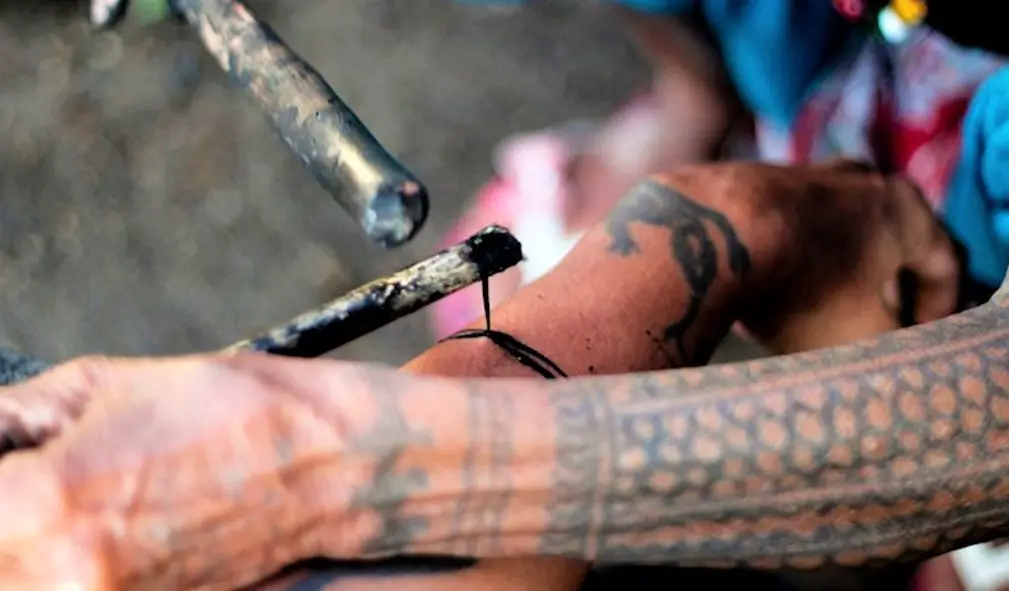
Batek is a symbol of valor, often a part of various rituals. Moreover, these tattoos indicate adulthood, acceptance, and a sense of belonging. The manbatek, or the tattoo artist, uses a pat-ik(stick) to tap on the gisi (a tattoo instrument with the needle) onto the skin, creating different patterns and symbols like birds, centipedes, lizards, or crisscross designs.
The people of Bontoc in Mountain Province call it fatek while the Kalinga call the art batok, but most of the time books have used the term batek for this art.
Read more: Fantastic Beaches You Should See in the Luzon Region of the Philippines
2. Sak Yant (Cambodia, Thailand)
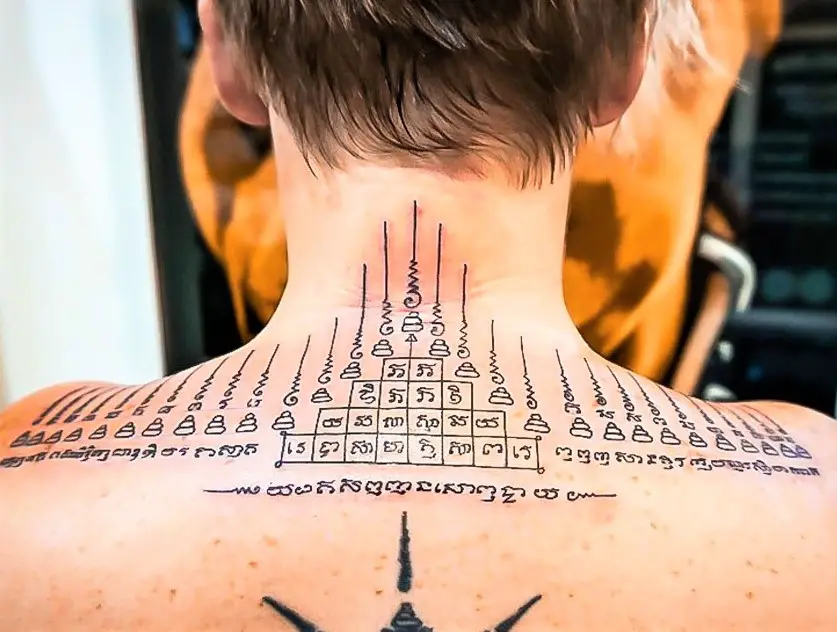
Sak Yant (or Sak Yan and Yantra) were tattoos engraved by Buddhist monks, Brahman masters, and Ruesi ascetics into the warriors who sought protection and strength in battle. These are believed to give the warrior good health, luck, strength, and protection against evil.
The Sak Yant artist punctures the skin with the use of a sharpened long steel rod or bamboo called mai sak dipped in ink that may be made of snake venom, charcoal, herbs, or cigarette ash. But no one really knows what’s in the ink since it’s a secret only known by the monks.
3. Irezumi (Japan)
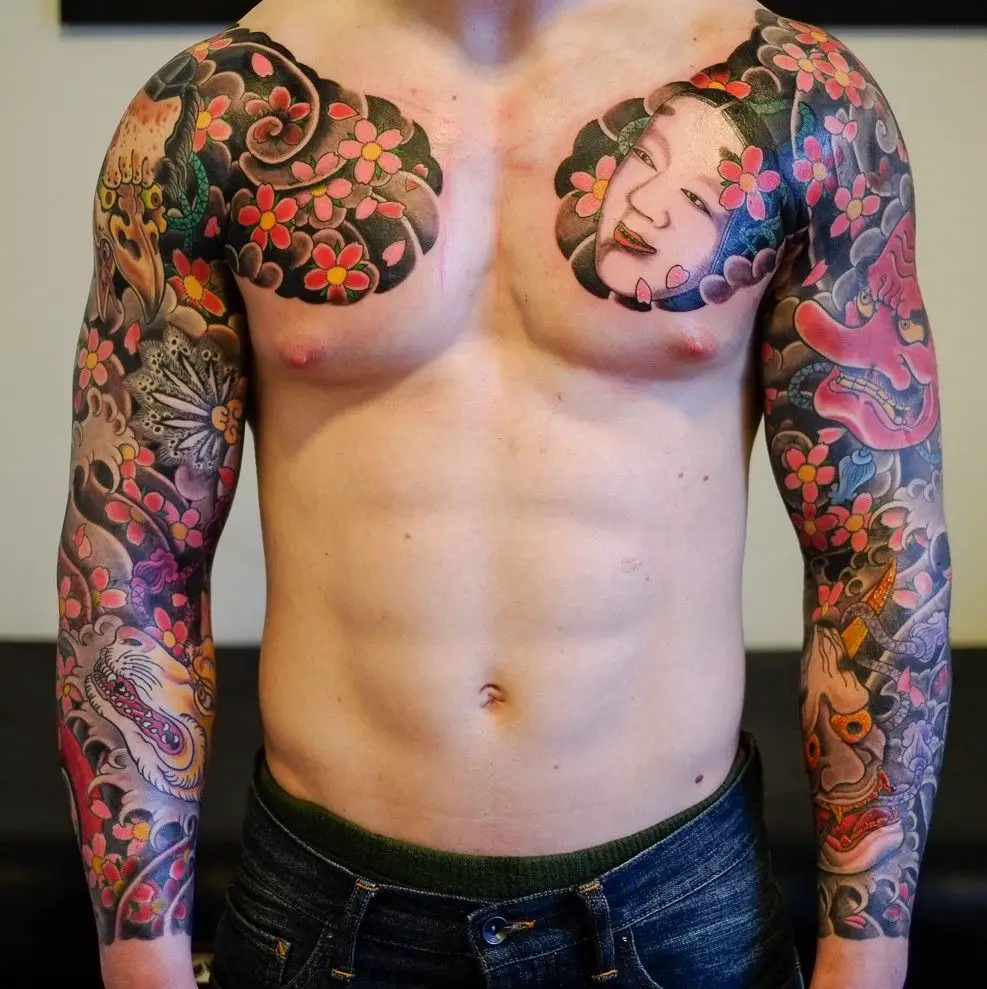
Tattoos in Japan served as spiritual signs, status symbols, decorations, and even as punishment. Most of the time these tattoos are associated with criminals and the yakuza, Japan’s notorious mafia.
Some of the regular designs seen in irezumi are the “foo dog and peony”, “carp and autumn leaves”, and “tiger and bamboo” designs. One of the traditional tattooing styles popular in irezumi is leaving a clear strip running down the center of the upper body to avoid tattoos showing up when one wears a collar.
Read more: 13 Things You Should NOT Do While in Japan
4. Tatau (Samoa)
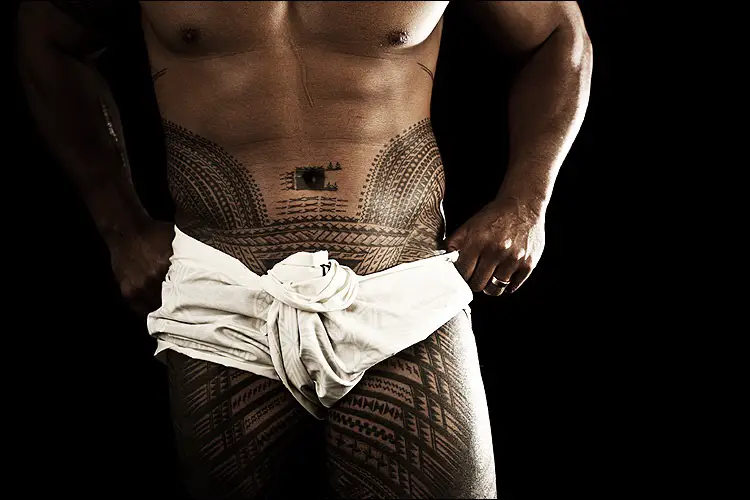
The word “tattoo” is believed to come from the Samoan word “tatau” brought by the first Europeans who mispronounced the Samoan word when they visited the islands inhabited by the Polynesians.
The traditional men’s tatau is the pe’a and the traditional women’s is the malu. The pe’a covers the body from waist to the knees while malu covers the legs from just below the knee to the upper thighs below the buttocks with finer and delicate designs compared to the pe’a.
5. Ta Moko (New Zealand)
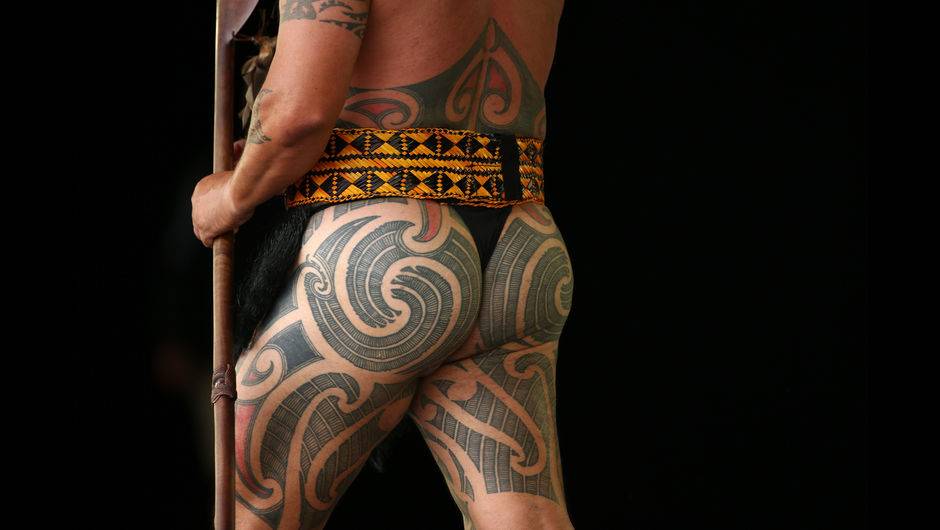
Ta Moko is the traditional tattooing of the Maori. These tattoos have ancestral tribal messages specific to the wearer. It can portray the wearer’s genealogy, knowledge, social standing. Moko artists can choose between the use of electric needles or the use of hand tools called ihu to make the process more traditional.
Moko is usually applied to the bottom part of the body including the back of the legs or on the face because the head is considered to be the most sacred part of the body.
6. Ptasan (Taiwan)
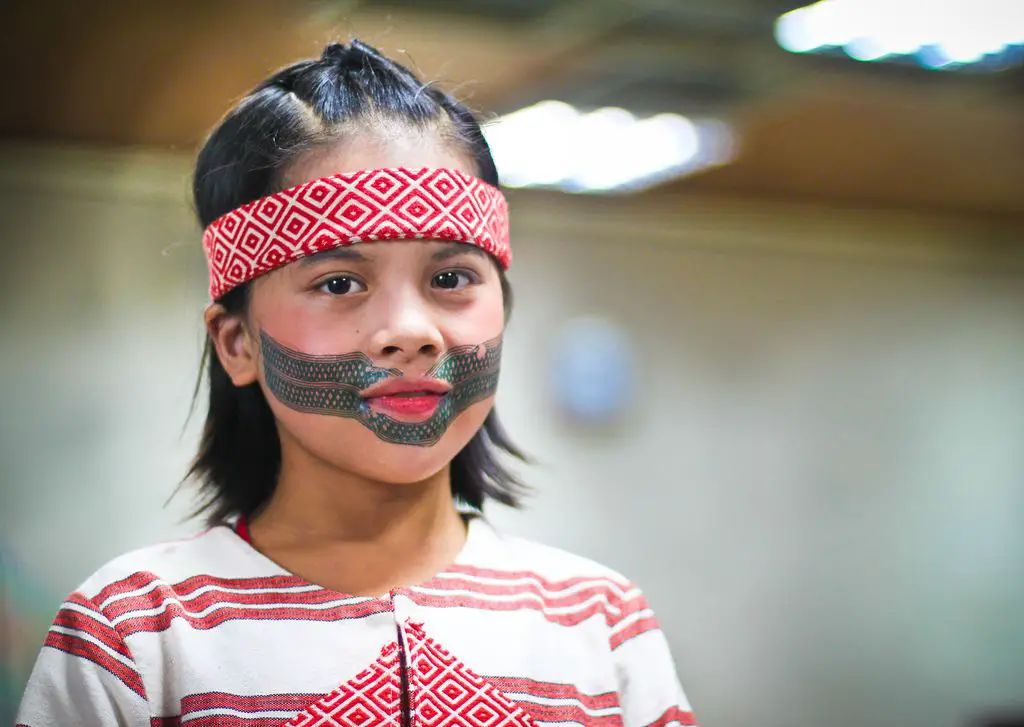
One of the Taiwanese aborigines, the Atayal (also known as the Tayal or Tayan), has a tradition of facial tattooing called ptasan. Atayal girls are first required to be accomplished weavers and cultivators before they can get these facial tattoos.
For the men, once they reached the coming of age, their forehead gets tattooed first and later, the bottom chin after they become a father. Moreover, tattoos are also rewarded to those who did successful headhunts. A toothbrush-like instrument called atok with four to sixteen needles made from thorns of orange or tangerine trees are used. The totsin is a hammer used to pound the atok onto the skin with the ihoh as the ink made from charred pinewood resin.
Read more: The Bizarre Rock Formations of Yehliu Geopark in Taiwan
7. Mehndi (India)
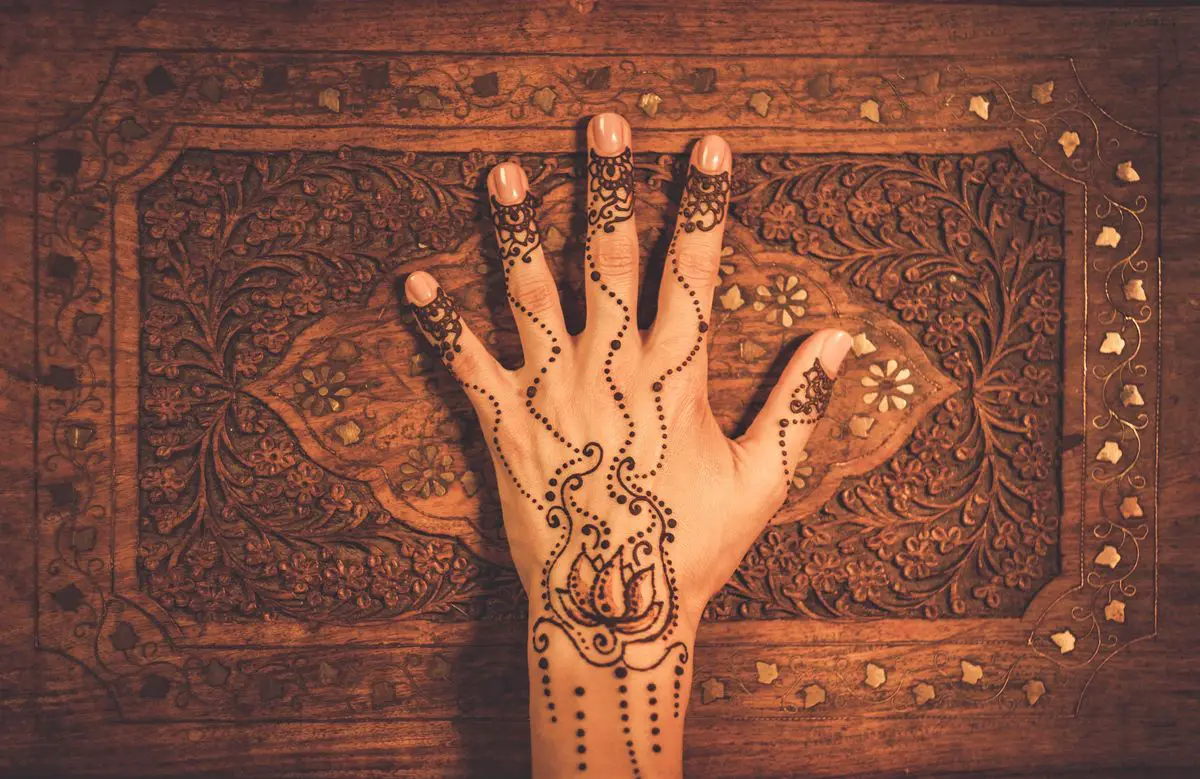
Mehndi is the art of henna that has existed for 5000 years. This is usually done on special occasions like holidays, birthdays and weddings (decoration for Hindu brides) and some of the traditional designs are the representations of the sun on the palm to symbolize the hands and the feet. Henna is also believed to be a symbol of good luck, health, and sensuality.
A plastic cone or a paintbrush is usually used when applying henna paste. The paste should dry on the skin and after a few minutes, lemon juice and white sugar are applied over to let the henna stain darker. The tattoo is covered with tissue, plastic, or medical type and left overnight before you can remove it.
Kailey is a travel writer currently based in New York, but mostly on the move. She loves sharing interesting stories from her experiences with the local culture, food and adventure activities through her writing. When she is not eating french fries and sipping wine, you can find her traveling to different areas, capturing new stories, teaching yoga, or working on her helicopter license.

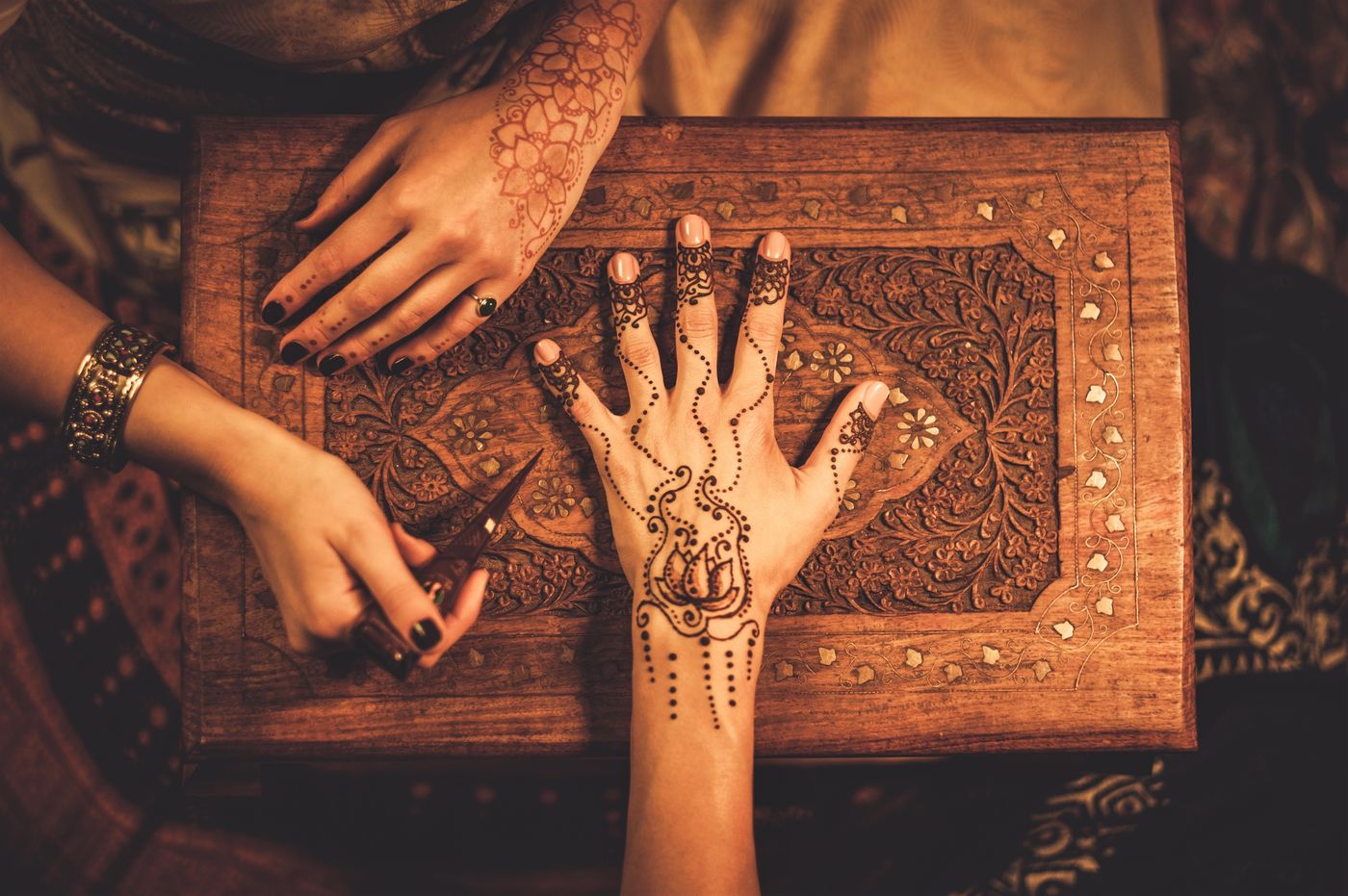
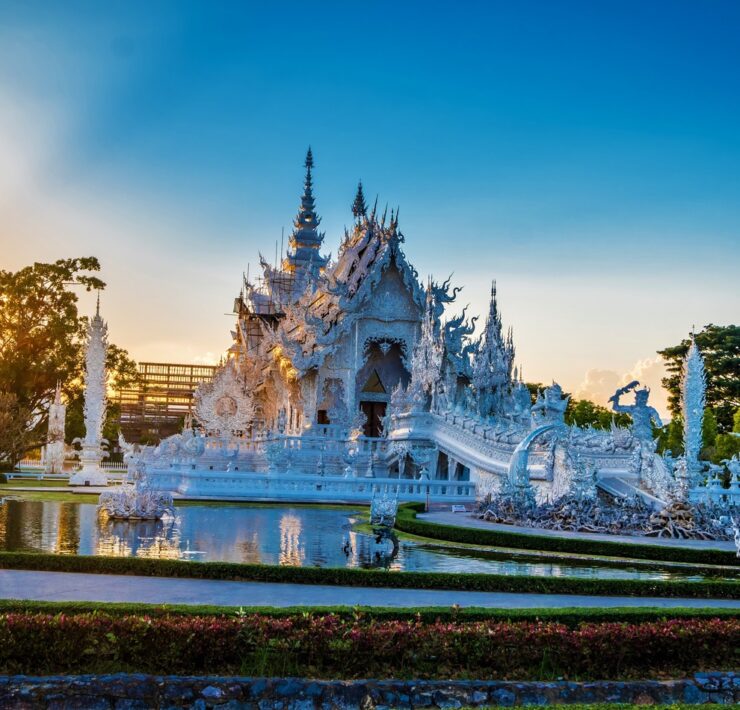
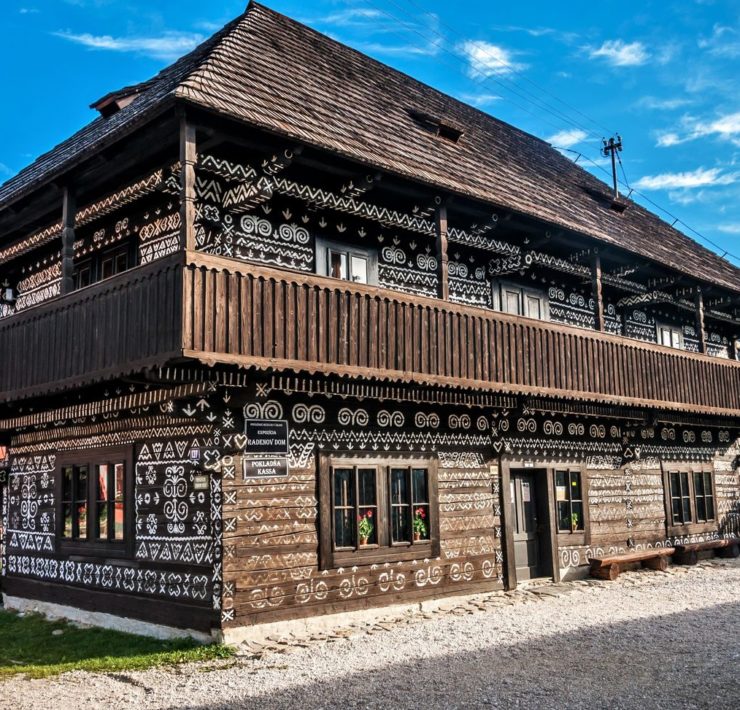
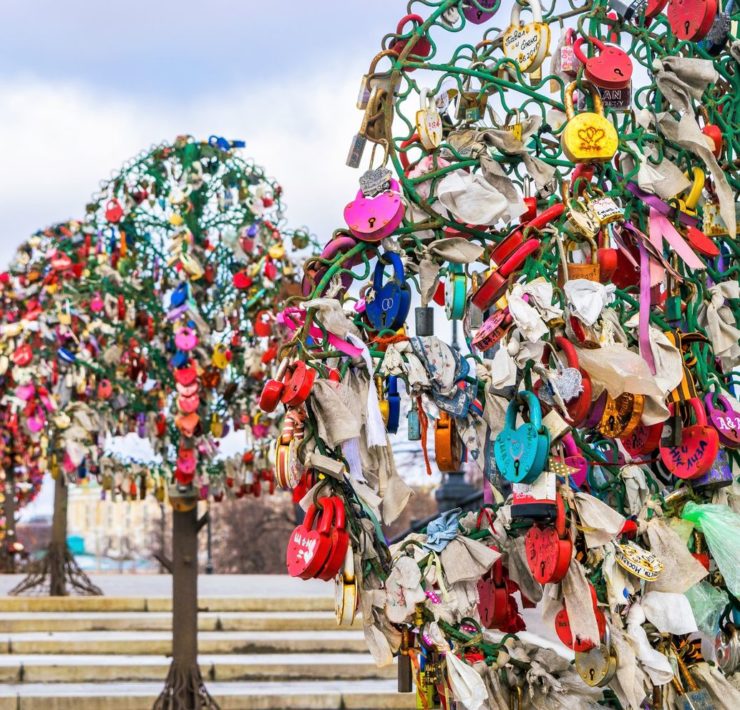
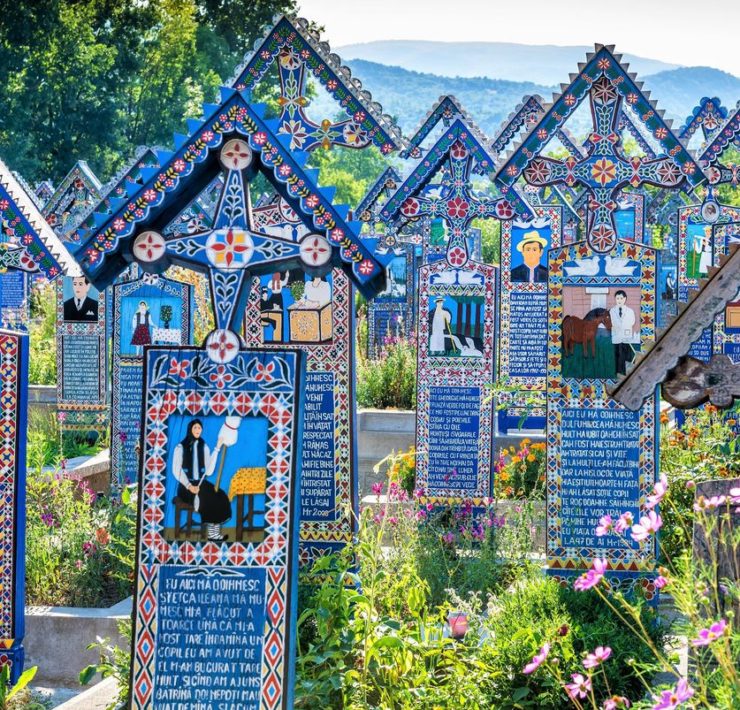
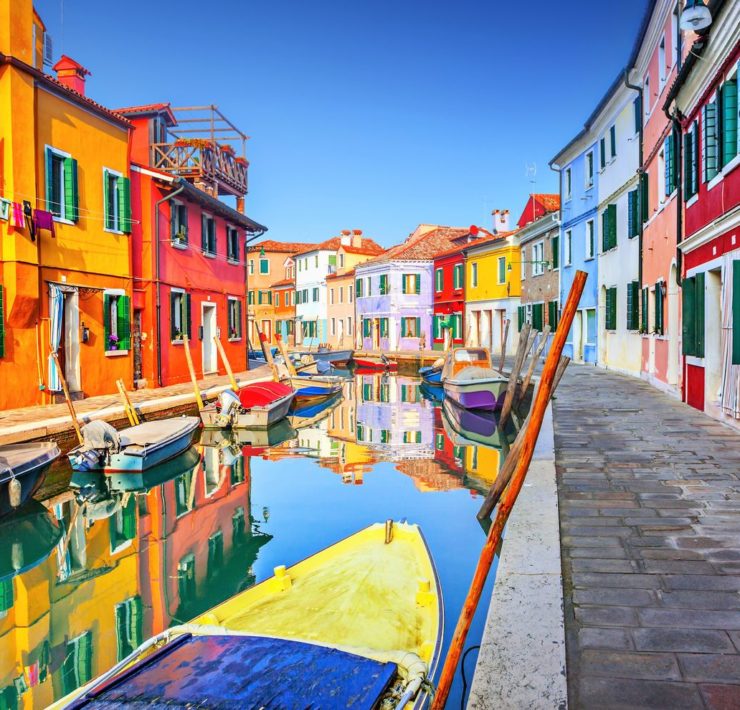

You can add Dayak tribe and Mentawai tribe
Mehndi also called Henna is not specific to India but is used throughout the world among Muslims of Asian n African origin. Henna is applied in the whole of Middle East n North Africa n Indian Subcontinent. also Mehndi or Henna is not permanent like other tattoos.
Great article! Thanks for writing.